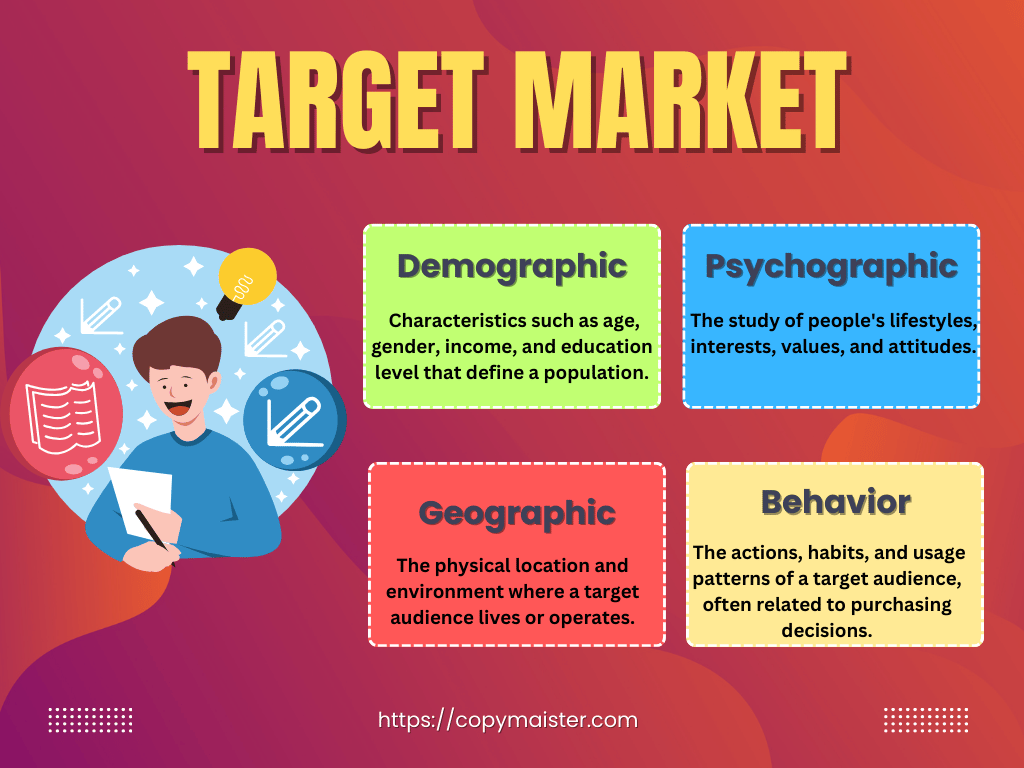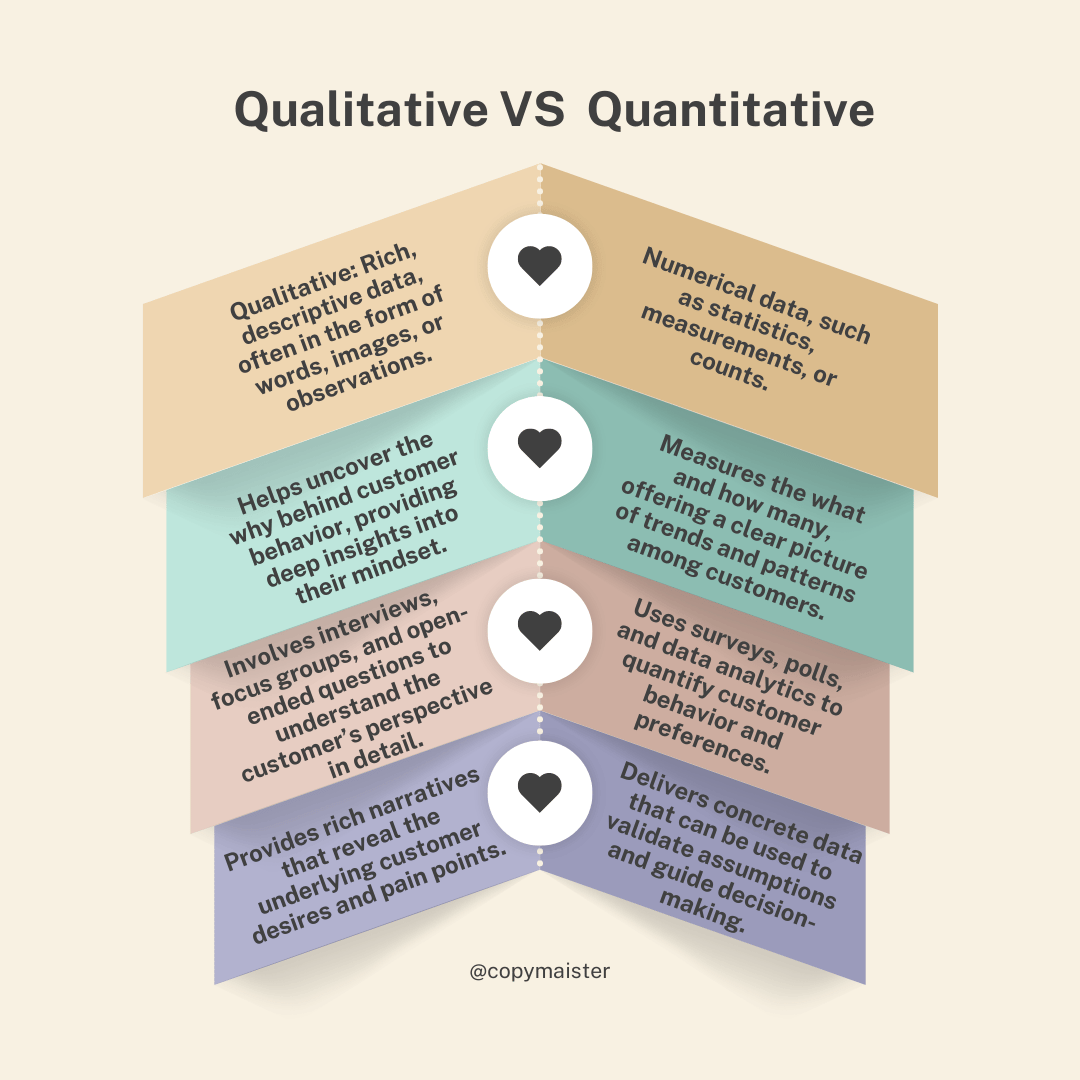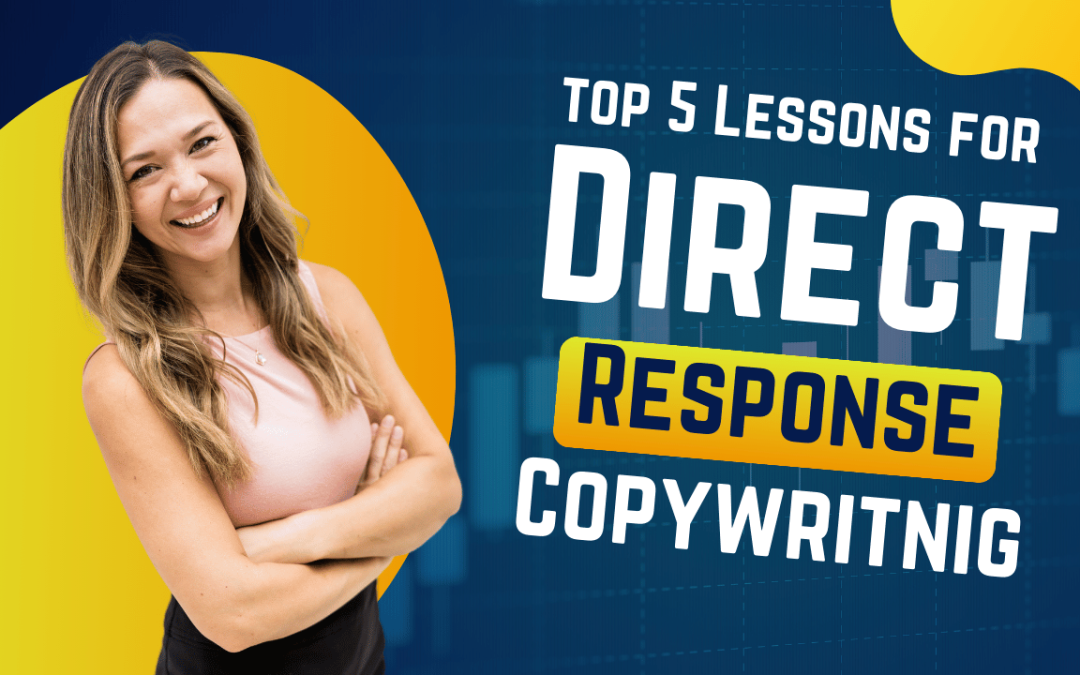Do you want your landing page reader to click on your CTA within a few seconds?
Have you ever seen the copywriting style that built curiosity?
Are you one of those people who are worried because of fewer leads?
Nowadays, many business owners are facing a low lead flow issue despite working on SEO, PPC, SMM, and all different types of digital advertisement platforms.
They spend a lot of time and money, but they are not getting the desired results due to improper message delivery. This is happening because of low-quality content.
As a result, many business owners are closing their businesses.
In this guide, I will resolve low-quality content issues, whether you are a startup or a mid-level company. I will give you 5 easy direct response copywriting lessons. By using them, you can engage your targeted audience, and my lessons will help you convert your potential target audience into a customer.
My blog is not based on only definitions like others. I will share real, real-life examples so that you can easily understand where you are wrong in your communication.
Today’s blog is all about direct response copywriting and real-life lesson tips. I will start from the foundation, and then we will dive into tips on how to use direct response copywriting to enhance your sales flow.
Are you existing to continue our guide ? ![]()
So, let’s start!
What direct response copywriting is?
Direct response copywriting is all about writing copy that creates curiosity in potential customers’ minds and encourages them to take direct action now. It depends on your goal, whether you want your potential customer to fill out the form, subscribe to your newsletter, follow you on social media, etc.
Real-Life Lessons For Direct Response Copywriting
| S.no | Lessons |
| 1 | Know your market |
| 2 | Use of tone of voice |
| 3 | A Great Headline Engage Your Readers |
| 4 | Write the perfect Body of the copy |
| 5 | Ask for action (CTA) |
Know Your Market
Before writing anything, make sure you know your target market. You need to learn what your target audience wants and how you can give them what they want.
Remember one thing: if you want to write perfect copy for any product or service, you must have a clear understanding of the demographics, psychographics, geographics, and behaviors of the target market for which you are writing a copy.

There are two methods you can use to know your market.
1. Competitor Research
You should be able to identify the competitors. Determine why they are successful. You should also know what makes them successful. You can find this information by using competitor research.
There are ways to do competitor research, such as:
- Talk to your competitor’s customers if you can’t, then read your competitor’s reviews online.
- Visit their social media platforms and web landing pages and analyze their copies of how they are engaging their audience.
- Analyze their paid marketing campaigns. Your competitors may be successful due to their marketing campaigns. See how they use different copy styles to get potential buyers’ attention.
- Read their other advertising material, such as newspaper and magazine ads, etc.
With the help of these four ways, you can get valuable information about your target market.
The idea is simple: Learn as much as possible about your competitors, their sales techniques, marketing campaigns, etc, to craft your copy perfectly.
Remember that knowing how your competitors engage the audience is essential. Competitor research can help you develop great ideas for your copy, such as persuasive word choice, copy structure, tone of voice selection, etc.
Remember my one saying: Competitors are your best teachers in the digital world. So learn from them.
You can do competitor research by using the following tools:
- Semrush (Best for PPC)
- Ahrefs (Best for SEO)
- Facebook ads Library (Best for SMM).
2. Audience Mindset Research
Knowing your target market’s audience mindset is a very effective method for market research. The audience mindset research helps you understand our customers better.
Before starting audience mindset research, the most important thing you must know is the audience stages. It will help you understand which type of copy to write.
There are three types of audience stages.
1. TOFU top of the funnel (Completely unaware)
2. MOFU middle of the funnel (Know the problem but do not know how to solve it)
3. BOFU (Completely aware and know about the solution).

Once you have a clear idea about all 3 audience stages, you can start your audience mindset research accordingly, determining how to target each efficiently.
Let’s discuss two methods you can use for audience mindset research:
1. Qualitative Research: Conduct interviews with a focus group of people. Should your target audience ask questions from them about your product and service, note down their answers to what they like and dislike about your product and service.
2. Quantitative Research: In this research method, you must structure a specific questionnaire you give your target audience to fill out. All questions should be related to your product and service. Once they fill out your form, you will analyze their responses.

Use of tone of voice
The tone of voice is essential to establishing an emotional connection with your audience. It is a key part of your copywriting skills. If your copy has the right tone of voice, you can write exact copy that resonates with your audience.
Remember: Your voice can make or break the overall message’s performance. Ensure you should have the correct tone when writing your copy.
Knowing what words and phrases work best with your audience is essential. The best way to do this is to test your ideas.
Research the tone of voice you should choose. There are guidelines you should follow for tone-of-voice research.
Understand Persuasive Techniques:
Keep in mind that there are multiple types of tone of voice, but it is very important to align your tone of voice with your brand personality.
So, in order to align tone of voice with brand personality, you should understand three persuasive ad techniques, which are:
- Ehtos (Credibility and ethics).
- Pathos (Emotion and feeling).
- Logos (Logic and Reason).
It is up to you which one you want to use, either ethos, pathos, or logos. Or do you want to use all 3 three? Your tone of voice is based on these persuasive ad techniques.
Example of tone of voice:
- Formal Tone.
- Serious Tone.
- Motivating Tone.
- Optimistic Tone.
You can choose a different tone of voice. It depends on how you want to engage your prospect, but it should align with your brand personality.

A Great Headline Engage Your Reader
To write an attention-grabbing headline for your copy that works. You have to understand how you can make it catchy. The headline is the first touch point, which means it is the first thing readers view when interacting with your copy.
If it engages them, they will focus on your complete copy. Otherwise, they will ignore your ad copy.
In simple words, your headline should be exciting enough to encourage your readers to read more about your product. It should create curiosity, grab your prospect’s attention, and spark their interest.
Remember that a good headline is like a lead in a movie script—it tells your readers what the rest of the story will be about, so it should grab their attention.
Make sure that your headline has a hook that your readers will remember. Your headline should create curiosity, grab your prospect’s attention, and spark their interest.
You need to know the headline copywriting Four U formula in direct response copywriting. These four Us are Unique, Useful, Ultra Specific, and Urgent.
This means your headline should be:
- Contain a unique selling point that tells how you are different from other industry players.
- It should show usefulness, which means it should leverage the benefits your potential customer will get after using your product or service.
- Ultra Specific means your headline should laser focus on your target audience.
- It should create an urgency factor and encourage readers to do it now; otherwise, they will miss opportunities.

Write the perfect Body of the copy.
Ensure your body copy is well-structured, well-written, and easy to understand. It should be interesting and engaging. If you make writing mistakes, your body copy will not look professional and appealing.
Catchy phrases, interesting facts, and images can keep your body copy exciting. If you write about a specific product, focus mainly on its benefits.
Use persuasive techniques to make your body copy engaging, such as:
- Use subheads to increase the readability of the text.
- Use bullet points.
- Avoid writing long paragraphs.
- Keep it simple and sweet.
- Include benefits over features. Write copy that irradiates prospect pain or problem and helps them with benefits.
- Write for your audience. Your copy should address the pains or problems of your target audience that can be solved using your product or service.
- Use social proof in the Body of the copy. It helps to build trust.
- Keep SEO in mind. It enables you to rank better on Google and write search engine-friendly content.
- Ultimately, use the red pen rule (Proofreading) to delete all unnecessary items that could confuse the reader.

Ask for action (CTA).
CTA stands for the call to action, which is the end goal of direct response copywriting. Use one CTA throughout your ad copy. Do not confuse your prospects by giving them multiple CTAs.
Your CTA should consist of attention-grabbing words that create a sense of urgency.
You can use the following:
- Buy now.
- Get 20% off today.
- Sale ends today.
Conclusion
So, your guide is finished. I hope now you know how to write direct response copy for your product or service. In this guide, I have discussed five real-life lessons of direct response copywriting that will help you craft perfect copy.
At the start, I discussed knowing your market. Here, I have guided you through competitor research and user mindset research and explained why they are beneficial for you to conduct research before crafting your copy.
The other four steps guide crafting your copy to generate more sales.
- The second is the tone of voice, which has covered how to choose a tone of voice.
- The third step concerns headline writing. In this step, you have learned how to write attention-grabbing headlines that build credibility.
- The fourth step is the body of the copy, where you have learned how to write a perfect ad copy body.
- The fifth step is about CTA, where you have learned how to write it to get fast action from potential customers.

